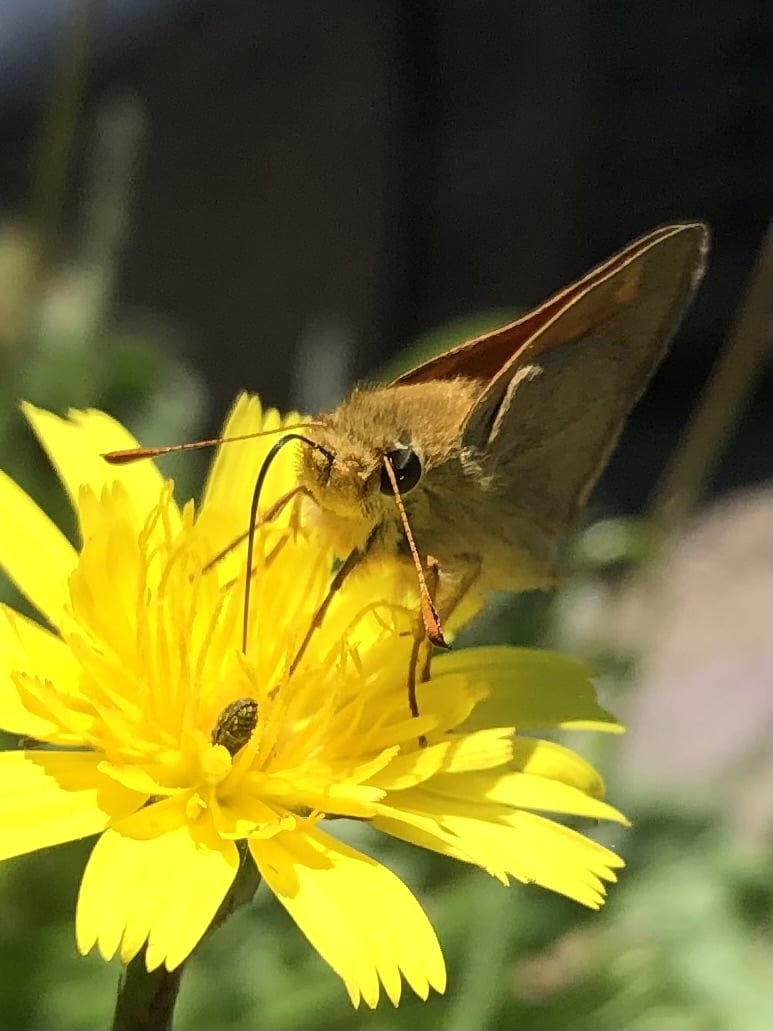Title photo by Mike Locke
There are over 70 species of wētā in New Zealand
There are eleven species of giant wētā, most of which are larger than other wētā, despite the latter also being large by insect standards
The name wētā comes from the Maori word wētāpunga, or “God of Ugly Things” .The genus name, Deinacrida, means “Terrible Grasshopper.”
The giant wētā’s close relatives include the Carnivorous Tusked Wētā, the Tree Wētā, and the Cave Wētā
Giant wētā are endemic to New Zealand and all but one species are protected by law because they are considered at risk of extinction

New Zealand Giant Weta by Ricky Wilson
The largest species of Giant Wētā is the Little Barrier Island giant wētā, also known as the wētāpunga. One example reported in 2011 weighed 71 g (2.50 oz)
[Deinacrida mahoenui] is endemic to the area of Mahoenui, New Zealand, and the world population for some time was restricted to a single patch of introduced gorse on farmland.

Deinacrida mahoenui [MAHOENUI GIANT WETA] by Zoomology
Large species can be up to 10 cm (4 in), not inclusive of legs and antennae, with body mass usually no more than 35 g (1.2 oz). One gravid captive female reached a mass of about 70 g (2.47 oz), making it one of the heaviest insects in the world and heavier than a sparrow. This is, however, abnormal, as this individual was unmated and retained an abnormal number of eggs
Many giant wētā species are alpine specialists. Five species are only found at high elevation in South Island. The scree wētā D. connectens lives about 1,200 m (3,900 ft) above sea level [8] and freezes solid when temperatures drop below −5 °C (23 °F)

Fossils found from the Triassic period 190 million years ago show striking similarities to the wētā that inhabit New Zealand today
Handsome Devil!

Giant Weta - Maori “God Of Ugly Things” by Owen Calder
Sources Giant Wētā, Deinacrida mahoenui, Deinacrida connectens, and Mental Floss


Thanks for the information, maybe with time AI will help with improving translations? I do always add the caveat of ’ via Google translate’ or similar, just in case it turns out really bad
From my understanding these tools are using AI from the start but sure by staking one AI technology on top of another AI technology we will see interesting result.
Let the gibberish commence!
On va parler french like a Spanish cow!